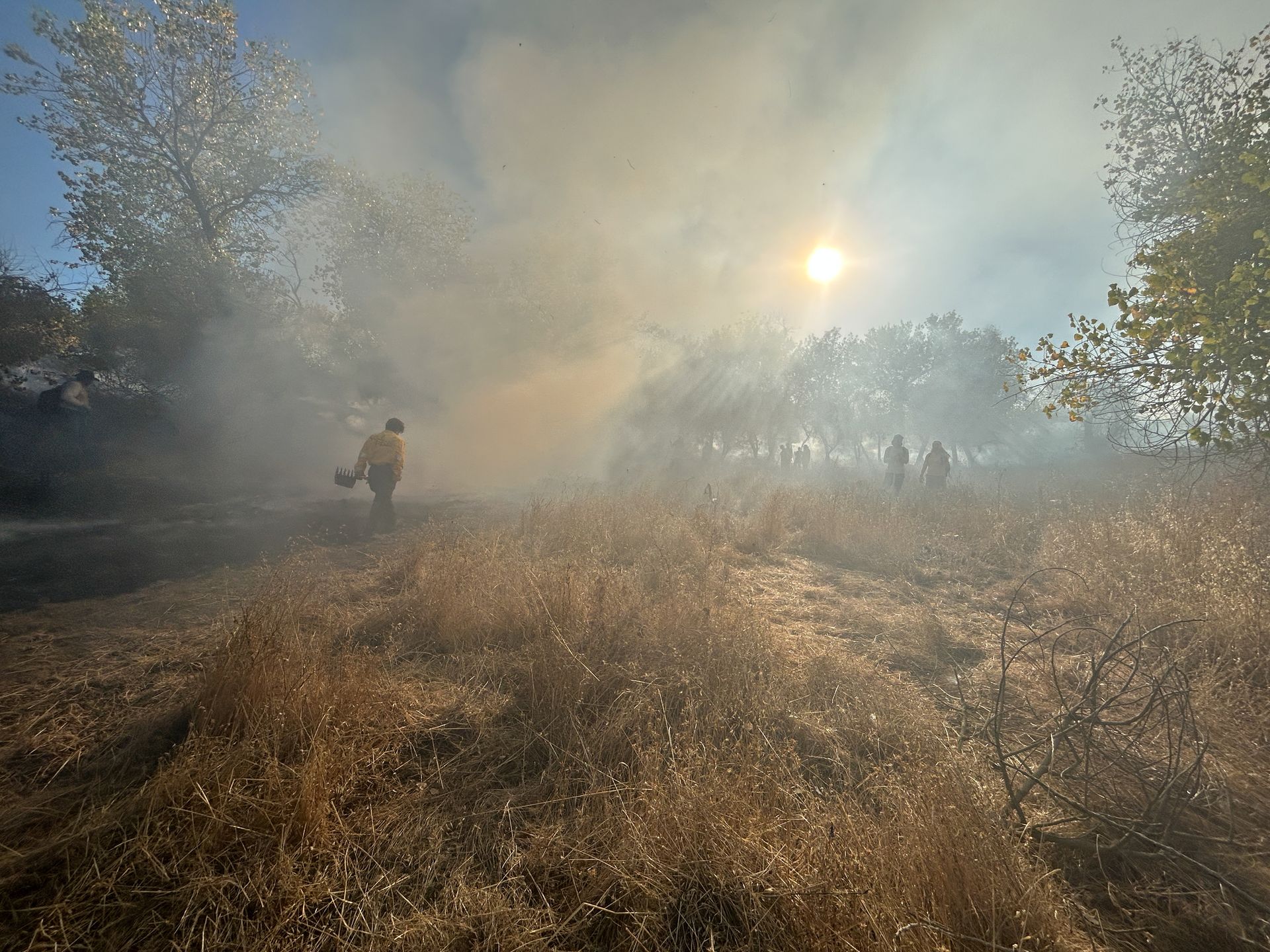Enjoying Outside - National Wildfire Awareness Month

In many areas across the United States, May is National Wildfire Awareness Month. Wildfires have become an unwelcome and constant part of life in not only the rural areas of our region but also highly populated urban areas as well. In many areas of the country, wildfire season is year round. Here in our region, the month of May typically is when the days begin to heat up causing the wildland vegetation to begin to dry out and become fuel for wildfires. Dry north winds often barrel through California causing embers to land in places where they can readily ignite additional fire-fuel sources quickly resulting in an out-of-control situation. Whether you live in a fire zone or you like to spend time recreating in one, there are ways that you can help property owners, residents and firefighters remain safe.
Published reports indicate that up to about 85% of all wildfires in the United States are caused by human activity. Many of those are accidental and could have been prevented with some additional care. Wildfires not only jeopardize residents, property and natural ecosystems but they also cause firefighters to be placed in vulnerable situations in their efforts to protect our communities. Recently, the Bureau of Land Management (BLM) partnered with the convenience store chain, Maverik in an effort to help educate the public on wildfire awareness and safety. Videos play on gas pumps and inside the stores to help educate people heading out on their public land adventures to recreate safely without sparking wildfires.
California recognizes May as Wildfire Awareness Month. The California Governor's Office of Emergency Services (Cal OES) is urging Californians to plan ahead and be wildfire ready by :
- Prepare early to reduce stress later during an emergency
- Sign up for local alerts at https://calalerts.org/signup.html
- Have a plan
- Let family, friends and neighbors know what your plan is incase of a wildfire emergency
- Have a set meeting location outside of the danger zone
- Have bags packed and ready to go with essential medication, important documents, food and water, phone charger, pet supplies and medications,
- Memorize multiple evacuation routes out your neighborhood
- If there is time, check on and help neighbors that might need extra assistance to evacuate
To help protect structures BLM recommends :
- Home hardening which includes retrofitting vulnerable areas such as decks, vents and gutters to withstand flying embers,
- Develop and maintain at least 30 feet of defensible space around your property by removing flammable materials and vegetation
- Again sign up for local alerts at https://calalerts.org/signup.html
Wildfire smoke is also dangerous, even if you’re far away from the fire. If you can smell smoke, you’re breathing it. You can check your local air quality at AirNow.
One of the leading causes of wildfires is illegal fireworks, vehicle or equipment sparks and open burning. To reduce the risk of wildfire, BLM suggests always following fire restrictions for the region you are recreating in. Avoiding activities that cause sparks such as dragging chains, and discharging firearms on hot, dry and windy days. By keeping tools such as shovels, fire extinguishers and large buckets of water nearby just in case of an accidental spark and please check campfire restrictions before burning.
Wildfires can spark and change directions very abruptly; preparation and knowledge help enable the public to protect their home, families and landscapes.
-Kristie Ehrhardt (kehrhardt@tuleyome.org)
Tuleyome Land Conservation Program Manager
RECENT ARTICLES






